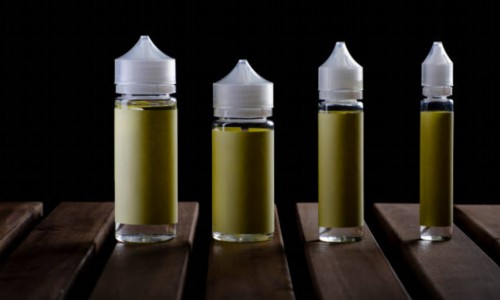
Understanding Vaping Terminology: A Beginner’s Guide to the Lingo
Understanding Vaping Terminology: A Beginner’s Guide to the Lingo
Vaping has evolved into a dynamic culture that continues to attract both newcomers and seasoned users alike. Notably, understanding the terminology associated with vaping is crucial for anyone looking to delve into this activity. This guide breaks down the essential jargon that newcomers should familiarize themselves with, ensuring an informed and enjoyable experience.
The Basics of Vaping Terminology
At the core of vaping are fundamental terms that define the components and processes involved. Devices such as “vape pens,” “mods,” and “e-cigarettes” represent varying technology levels, designed for different user preferences. Vape pens are typically user-friendly, making them perfect for beginners, while mods allow for advanced customization and power settings.
Another essential term is “e-liquid” or “vape juice.” This is the liquid that is vaporized to create inhalable vapor and comes in diverse flavors and nicotine levels, catering to an extensive range of tastes. Additionally, “PG” (propylene glycol) and “VG” (vegetable glycerin) are terms often encountered in discussions regarding e-liquid composition, where PG provides a throat hit, while VG is responsible for producing vapor.
Understanding Device Components
The anatomy of a vaping device is crucial for mastering the lingo. The “atomizer” is a critical component that heats the e-liquid, turning it into vapor. The “coil” within the atomizer can vary in type and resistance, impacting the vaping experience significantly. For instance, “sub-ohm” coils are designed for lower resistance, typically producing larger vapor clouds, while “standard coils” offer a more traditional experience.
Moreover, “tank” refers to the container that holds the e-liquid during vaping. Users also frequently come across the term “dripper” or “RDA” (Rebuildable Dripping Atomizer), which signifies a device allowing users to manually drizzle e-liquid onto the coil for a more flavorful and intense experience.
Vaping Techniques and Styles
As you familiarize yourself with the terminology, many different vaping techniques and styles emerge. “Direct Lung” (DL) and “Mouth to Lung” (MTL) are two primary styles that define how users intake vapor. In DL techniques, users inhale vapor directly into the lungs, often with devices designed for larger clouds, while MTL involves taking the vapor into the mouth before inhaling it into the lungs, catering more towards users transitioning from traditional cigarettes.

The term “chain vaping” is also frequently used, referring to the practice of taking several puffs in succession without much break, which can affect the overall experience and battery life of the device.
Navigating the World of Flavors and Nicotine
When exploring e-liquids, the diversity of flavor options is remarkable. With terms like “dessert,” “fruity,” and “menthol,” users often categorize their flavors based on personal preferences. One must also consider “nicotine salts,” a form of nicotine that provides a smoother throat hit and quicker absorption, making it popular among users preferring higher nicotine levels.
Additionally, the term “steeping” refers to the process of allowing e-liquids to mature, enhancing the flavor profile over time. New users should embrace this practice for more satisfying vaping experiences.
The Culture of Vaping: Community and Regulations
Vaping isn’t merely a hobby; it’s also a community rich with events and social gatherings. Terms such as “cloud chasing,” which involves producing massive vapor clouds, demonstrate the competitive aspect of vaping culture. Furthermore, “vape conventions” are organized events where enthusiasts gather to showcase their devices, share experiences, and explore the latest innovations.
As vaping regulations vary globally, understanding the legal terminology surrounding vaping is crucial. Keep an eye on terms related to “indoor vaping bans,” “age restrictions,” and “taxation policies,” which impact users in different regions.
The Importance of Safety and Maintenance
Finally, as with any technological device, safety and maintenance are paramount. Terms such as “battery safety,” “short-circuit protection,” and “overheating” should be thoroughly investigated. Knowledge of how to properly maintain and handle devices ensures optimal performance and reduces the risk of accidents.
Conclusion: Empowering the Vaping Experience
In summary, grasping the essential vaping terminology encourages both understanding and confidence in this evolving activity. Whether discussing devices, flavors, techniques, or community aspects, the right vocabulary not only fosters engagement but also promotes a safer and more enjoyable vaping experience. Empower yourself by exploring these terms further, and immerse yourself in the vibrant world of vaping.


